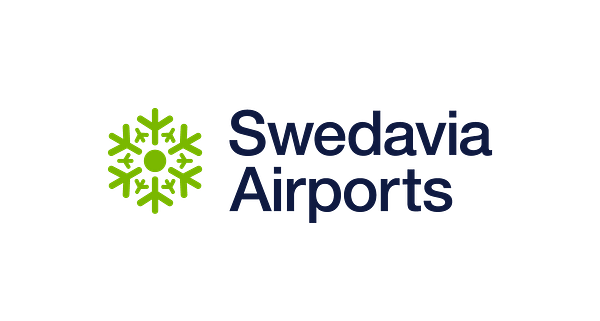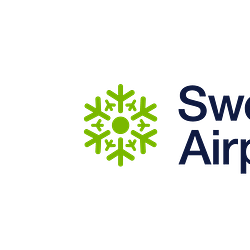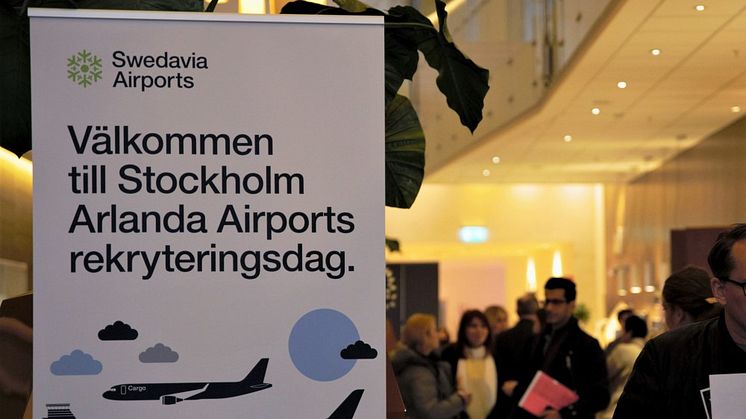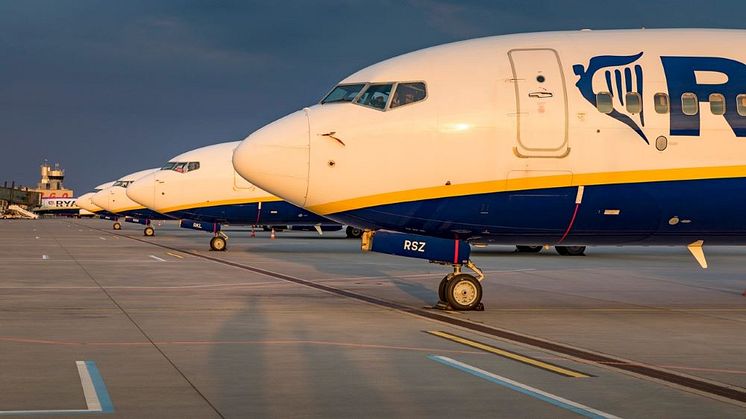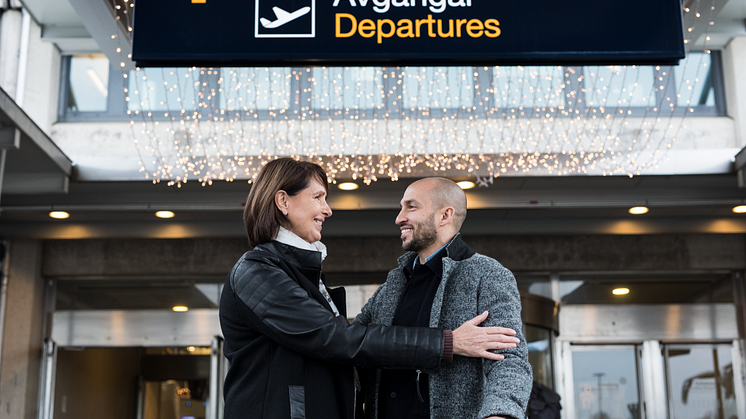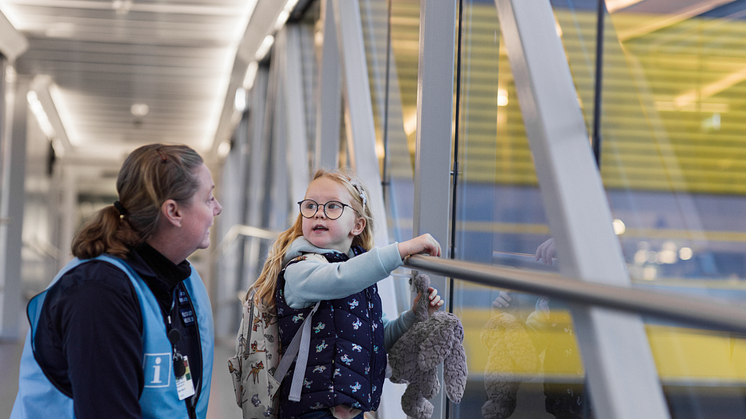
Press release -
Swedavia’s traffic statistics for January 2023
During January, the number of passengers at Swedavia’s airports increased more than 90 per cent compared to January 2022 to 2.1 million. Travel is thus back to 75 per cent of pre-pandemic levels in 2019. Swedavia, together with its partners, is mobilising resources even now for an intensive summer travel period through major recruitment efforts all across its airport ecosystem as well as through measures to best make use of the airports’ capacity and improve the passenger experience. Among other moves, at Stockholm Arlanda, Terminal 2 will re-open for non-Schengen traffic in time for summer. Meanwhile, intensive preparatory work is under way ahead of the upcoming opening of the security checkpoint and marketplace in Terminal 5 at Arlanda.
“Despite an uncertain situation around the world, January was a relatively strong month for Swedavia, with travel corresponding to 75 per cent of the company’s 2019 levels. There continues to be great uncertainty about the months ahead, but we nonetheless expect an intensive travel summer period and are preparing for this. That includes carrying out major recruitment efforts together with other companies and organisations in the airport ecosystem to ensure sufficient staffing at our airports both in the short and long term,” says Jonas Abrahamsson, Swedavia’s president and CEO.
“We are also implementing a number of measures to best use and adjust the capacity of our airports. At Arlanda, among other steps being taken, Terminal 2 will also have non-Schengen traffic this summer for the first time since the start of the pandemic. Meanwhile, intensive preparations are under way ahead of the opening of the new state-of-the-art security checkpoint and marketplace in Terminal 5 later this year,” says Jonas Abrahamsson.
In January, a number of new routes were launched from Stockholm Arlanda Airport, including Lyon with Norwegian, Innsbruck with Eurowings and Valencia with Ryanair. At Göteborg Landvetter Airport, non-stop service to New York with Scandinavian Airlines (SAS) will be launched, while the carrier Air Serbia will start up a direct route between Sweden’s second largest city and Belgrade. SAS will also fly to Copenhagen via Åre Östersund in mid- and late February.
In all, more than 2.1 million passengers flew via Swedavia’s ten airports in January 2023, which is an increase of 91 per cent compared to more than 1.1 million passengers last January and corresponds to 75 per cent of pre-pandemic levels in 2019. The traffic trend continued to be driven mainly by strong demand for international flights via Stockholm Arlanda Airport. International travel increased 93 per cent to 1.5 million compared to January 2022, while domestic travel increased 87 per cent to 600,000. The top three countries for travel via Swedavia’s airports are Sweden, Spain and Germany.
Stockholm Arlanda Airport had more than 1.4 million passengers during the first month of the year, an increase of more than 95 per cent compared to last January and more than 80 per cent of pre-pandemic levels in 2019. International travel increased 98 per cent to nearly 1.2 million passengers compared to January last year, while domestic travel increased more than 83 per cent to nearly 300,000 passengers.
Göteborg Landvetter Airport had a total of more than 300,000 passengers in January 2023, an increase of 89 per cent compared to last January and more than 72 per cent of 2019 levels. International travel increased 84 per cent and domestic travel increased 101 per cent compared to January last year.
Malmö Airport had a total of 89,000 passengers in January, which is more than a 60 per cent increase compared to last January and 65 per cent of pre-pandemic levels in 2019. International travel increased 37 per cent compared to January 2022, while domestic travel increased 103 per cent.
Bromma Stockholm Airport had a total of 80,000 passengers in January, an increase of 111 per cent compared to January last year, which is 56 per cent below pre-pandemic levels in 2019. International travel increased 51 per cent in January, while domestic travel increased 107 per cent compared to January 2022.
The air travel trend at Swedavia’s six regional airports varied in January 2023, with increases of between 40 and 99 per cent compared to last January. Ronneby and Åre Östersund had the strongest passenger growth among the regional airports in January 2023. There was also great variation in the traffic trend for the different airports in January 2023 compared to January 2019.
Since the start of the pandemic 35 months ago, Swedavia has lost about 74 million passengers compared to the 35 months before the pandemic.
January traffic trend – number of passengers:

More detailed information about Swedavia’s traffic figures and statistics is available (in Swedish) on Swedavia’s website:
Statistik | Om Swedavia
Tips for passengers before their journey: Get a good start to your journey | Stockholm Arlanda Airport (swedavia.com)
For further information, please contact Swedavia’s press office at +46 (0)10-109 01 00 or press@swedavia.se.
Topics
Categories
The Swedavia Group owns, operates and develops ten airports across Sweden. Our role is to create the access Sweden needs to facilitate travel, business and meetings. Safe, satisfied passengers are the foundation of Swedavia’s business. Swedavia is a world leader in developing airports with the least possible environmental impact. In 2021, the Group had annual revenue of about 2.7 billion Swedish kronor and nearly 2,300 employees.
